Understand the key factors driving online purchases, from trust and convenience to discounts and social proof, and learn how brands influence buying decisions.
Every summer, I am highly motivated to buy mangoes as I love them. But finding authentic ones used to be a challenge. Earlier, I would visit multiple markets, talk to vendors, and inspect each mango carefully.
Today, it’s a different story. Over the period, I have seen myself buying everything online—from electronics to shoes to other essentials and the same is true for mangoes as it became easier.
There are at least 7-8 good websites selling Alphonso & Kesar mangoes. I have even been scammed a few times in the process. But now, I’ve found reliable sources, and buying mangoes online has become second nature.
This isn’t just about mangoes—it’s about how consumer behavior has changed.
Over time, I’ve gone from buying small, predictable items online to purchasing electronics, shoes, and even furniture. And I’m not alone.
More people are making bigger, riskier purchases online.
Today, online purchases contribute to 7-8% of total retail sales, and this number is growing rapidly.
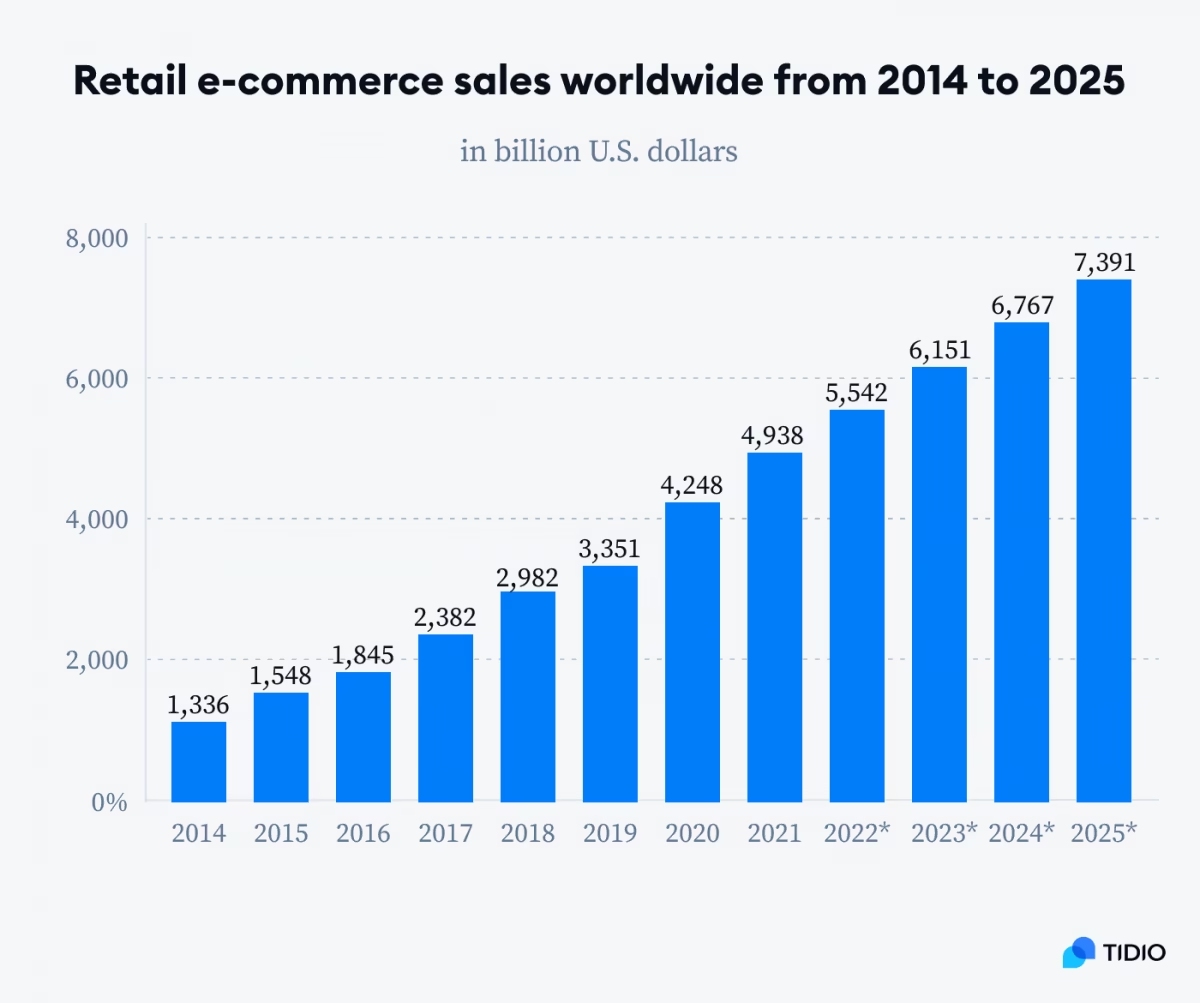
But what’s driving this shift?
Some products are easy to buy online—like books, electronics, or packaged food. These are standard, low-risk purchases.
But what about complex, high-value purchases?
Buying furniture, luxury items, or even fresh produce requires trust, experience, and assurance. And yet, more consumers are making these purchases online too.
Why?
Because brands have learned how to influence purchase decisions through trust-building, personalization, and convenience.
According to a 2024 GWI survey, over 52% of consumers say that free delivery is the top factor influencing their online purchases, followed by discounts and customer reviews.
Even if a brand has an exceptional product, failing to align with consumer expectations means losing sales to competitors who understand what truly drives purchasing behavior.
Let’s explore what motivates people to buy and how brands can use these insights to grow.
Understanding the psychological and behavioral triggers behind purchase decisions can make the difference between a brand that thrives and one that struggles.
Table of Contents
1. Why Do Some Products Sell Better Than Others?
We all have seen that some products sell so fast while others don’t. And, it’s not just the price all the time. Sometimes, it’s about how people see them and if they meet their needs. However, there are more reasons like:
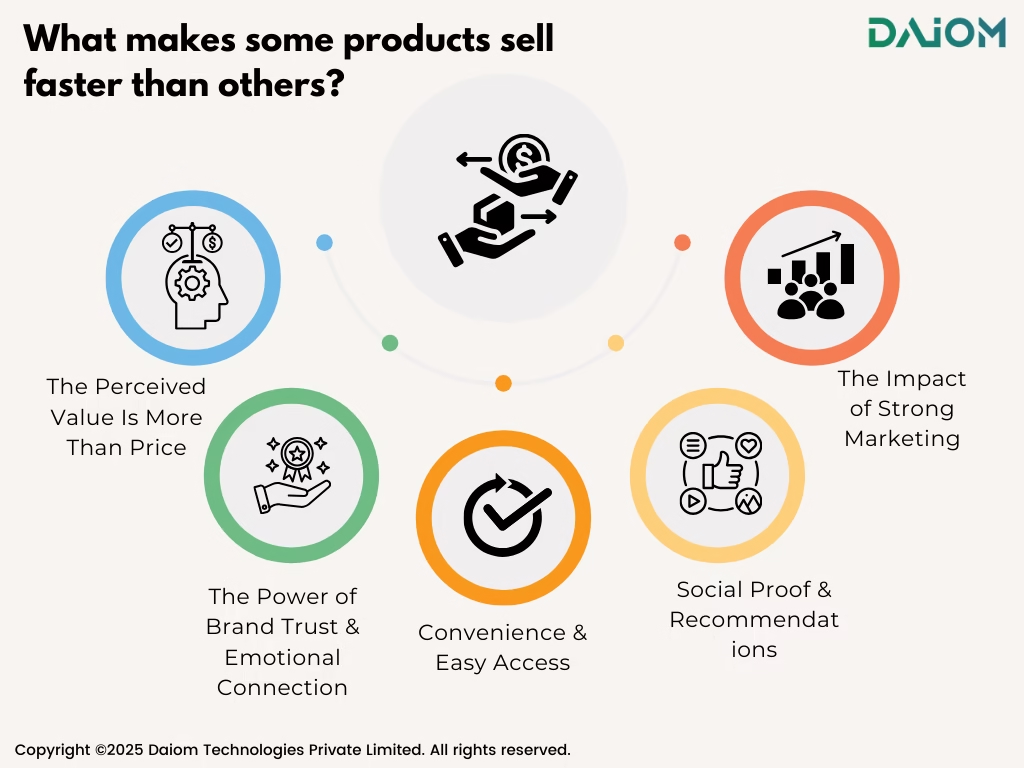
- The Perceived Value Is More Than Price: Brands that offer real value stand out. Customers don’t just look for the cheapest option; they choose products that feel worth it. If a brand solves a problem or makes life easier, people are willing to pay more. Take iPhones, for example—they’re expensive, but customers buy them for the brand experience, innovation, and quality.
- The Power of Brand Trust & Emotional Connection: Strong brands build trust over time. When customers see a brand as reliable and consistent, they keep coming back. That’s why companies like Nike and Coca-Cola stay on top—they create connections that make people choose them over others.
- Convenience & Easy Access: Even a great product can struggle if it’s difficult to buy. Brands that make purchasing simple—through fast delivery, easy returns, or widespread availability—have an advantage. This is why online shopping platforms do well; they make buying hassle-free.
- Social Proof & Recommendations: What people say about a brand matters. Customers trust reviews, influencer recommendations, and word-of-mouth. A product with strong social proof sells more because new buyers feel more confident choosing it.
- The Impact of Strong Marketing: Even the best products need visibility. Brands that invest in clear messaging, smart marketing, and reaching the right audience sell better. It’s not just about what they offer, but how well they communicate it.
At the end of the day, the best-selling products solve real problems, are easy to buy, and make customers feel good about their choice.
But what exactly pushes someone to make a purchase?
There are certain key factors—called purchase drivers—that influence buying decisions. Let’s take a closer look at what they are.
2. What Is a Purchase Driver?
A purchase driver is something that pushes a customer to buy. It can be a trigger, factor, or incentive that influences their decision. Instead of just looking at product features, people also care about things like fast delivery, easy returns, and smooth checkout.
These triggers shape buying behavior before the actual purchase. While quality matters, factors like convenience and offers often make the final difference.
Read more – Understanding Indian Customer Segmentation: A Market Within a Market

Purchase drivers exist in the pre-purchase phase of consumer decision-making, where a customer identifies their need, explores available options, and evaluates influencing factors before finalizing their purchase.
3. Why Understanding Purchase Drivers Is Essential?
Knowing what influences consumers to buy is crucial for brands looking to increase sales, improve brand positioning, and enhance customer retention. Here’s how understanding purchase drivers can benefit brands:

- Aligning with Core Consumer Motivations – Every purchase is driven by a fundamental need or desire (utility, status, convenience, etc.). Brands that understand and cater to these core motivations can position their offerings effectively.
- Reducing Customer Decision Friction – Consumers abandon purchases due to uncertainty or effort. By addressing key drivers like trust (reviews), urgency (limited-time offers), and convenience (one-click checkout), brands can reduce hesitation and increase conversions.
- Optimizing Marketing Spend – Understanding what actually drives purchases allows brands to allocate resources efficiently. Instead of broad marketing campaigns, businesses can invest in high-impact areas like influencer partnerships, targeted discounts, or free shipping.
- Building Long-Term Customer Loyalty – Customers return to brands that consistently meet their expectations. Identifying key purchase drivers helps brands create retention strategies, such as subscription models, loyalty programs, and personalized recommendations.
- Gaining a Competitive Advantage – Markets are crowded, but businesses that deeply understand what makes customers buy (beyond just price) can differentiate themselves. Whether through superior product positioning, unique value propositions, or personalized customer experiences, brands can outperform competitors.
A brand that aligns with consumer values and purchasing priorities will always have the upper hand in the market.
4. What Are Some of The Common Purchase Drivers?
Brands that understand what influences a purchase can attract more buyers and build stronger customer loyalty. According to recent data from GWI (Q3 2024), several key factors impact online shopping decisions.

However, purchase drivers depend on target audience and brand positioning. What works for a mass-market fashion brand may not apply to luxury or tech brands. Here are key factors influencing online purchases:
4.1 Free Delivery (52.6%)
Customers expect convenience, and free shipping removes a major buying barrier, but its impact depends on the brand. For mass-market brands, it boosts conversions by adding value and reducing friction. Platforms like Amazon, Myntra, and Flipkart use free shipping to drive higher order values.

But, when it comes to luxury brands, free shipping is often expected rather than a selling point. Instead, premium brands focus on exclusive delivery experiences like same-day shipping or concierge services. Ultimately, its effectiveness varies based on customer expectations and brand positioning.
4.2 Coupons & Discounts (40.2%)
Discounts drive urgency and sales, but their impact depends on the brand strategy.

Mass-market brands like Swiggy and Domino’s use frequent offers, cashback, and festive deals to attract price-sensitive buyers.
Premium brands, however, focus on exclusivity—offering member-only discounts, early access sales, or personalized deals to maintain brand value while rewarding loyal customers.
4.3 Customer Reviews (33.2%)
Trust heavily influences purchasing decisions. Established brands benefit from strong reputations and loyal customers, making reviews a validation tool rather than a necessity.
For newer brands, reviews are crucial for building credibility. They rely on micro-influencers, user-generated content, and viral campaigns to showcase real experiences.
Platforms like Nykaa and Myntra highlight customer reviews and ratings, helping buyers make informed decisions. Positive testimonials not only boost confidence but also drive conversions.
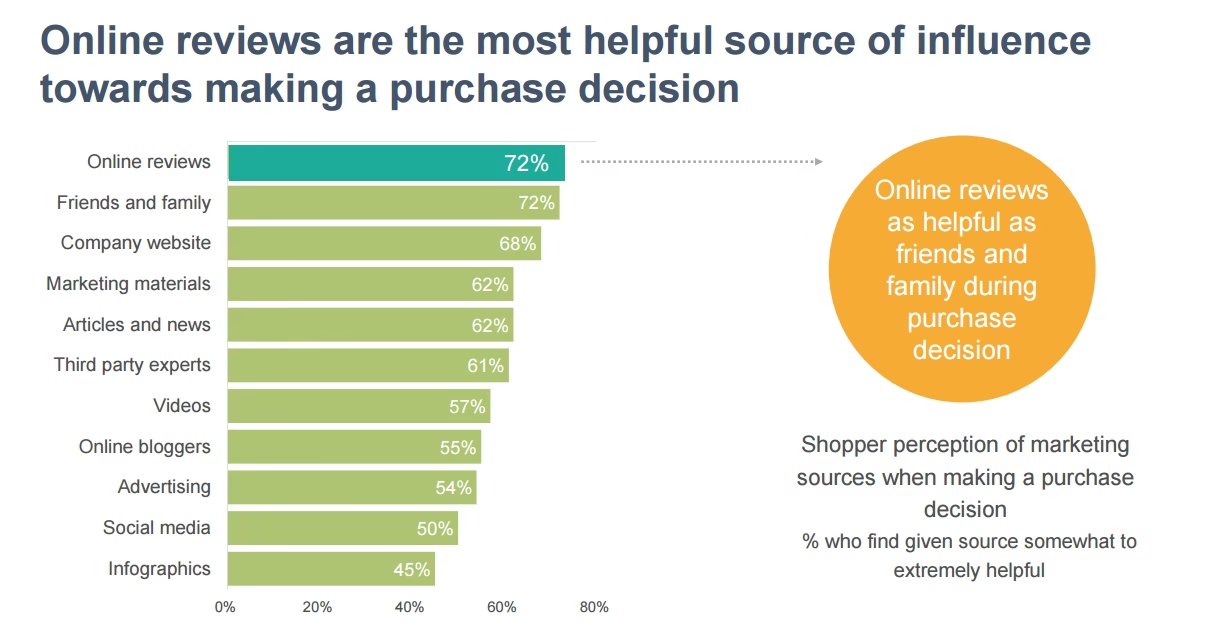
4.4 Easy Returns (31.9%)
A flexible return policy reduces purchase hesitation and builds customer confidence. Mass-market brands like Myntra simplify returns with hassle-free pickup and instant refunds, making online shopping feel risk-free.
For luxury brands, returns are handled differently. While they may offer personalized assistance, they often set stricter return policies to maintain exclusivity and prevent misuse. A well-balanced return policy encourages repeat purchases while protecting brand value.
4.5 Simple Online Checkout (28.7%)
A complex checkout process often leads to cart abandonment. Faster, frictionless payments help customers complete purchases with ease. Features like one-click checkout, auto-filled details, and multiple payment options reduce drop-offs.
In markets like India, digital wallets and UPI (Unified Payments Interface) have made transactions even smoother, allowing instant payments without entering card details. Brands that simplify the checkout experience see higher conversion rates and fewer lost sales.
4.6 Next-Day Delivery (28.3%)
Fast shipping encourages impulse purchases, especially for everyday products. Amazon Prime has set a high standard, making quick delivery a strong competitive advantage. However, for high-end products, customers may prioritize secure, well-packaged deliveries over speed.
4.7 Loyalty Programs (25.1%)
Brands use loyalty programs to encourage repeat purchases.
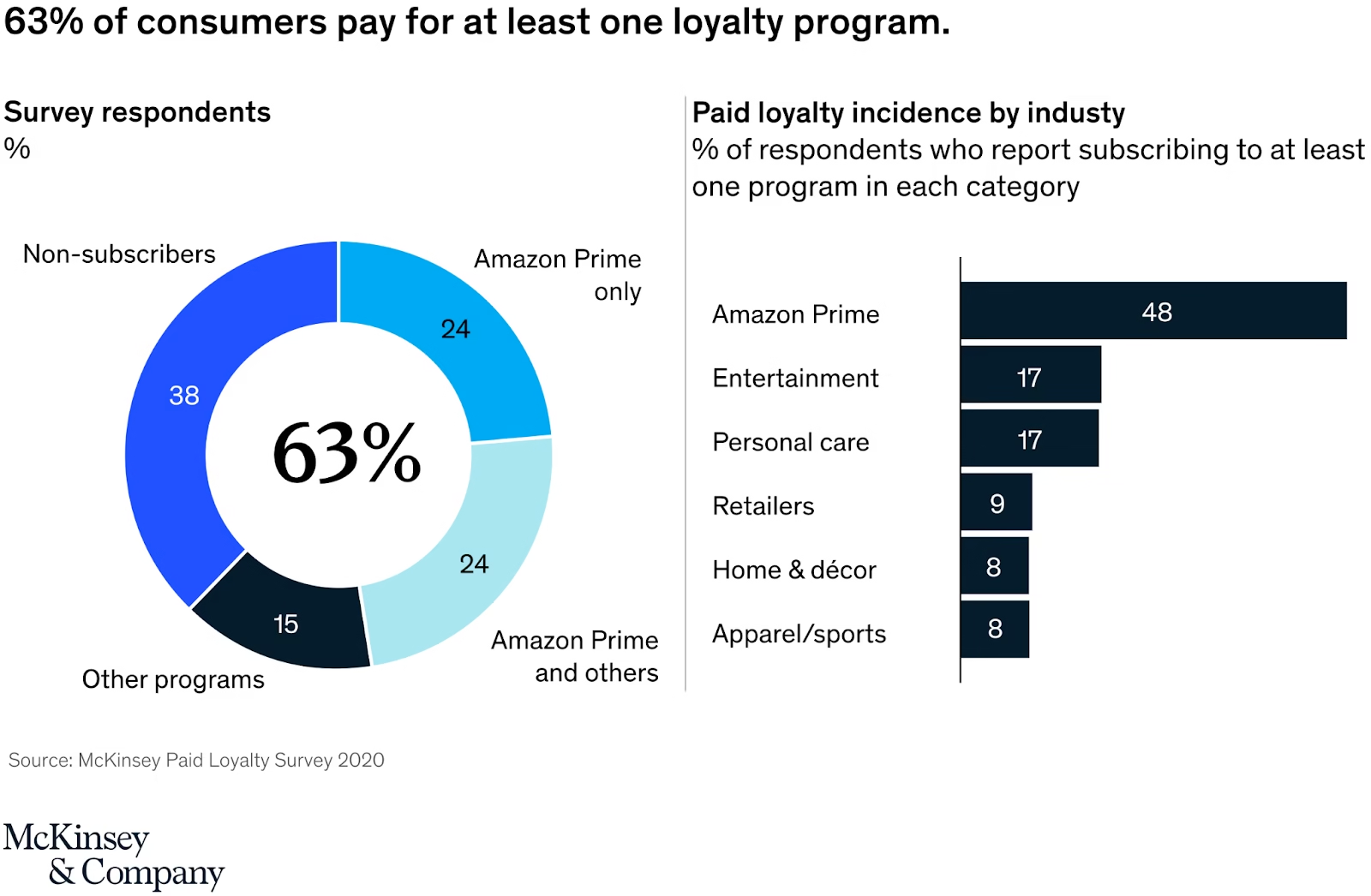
Starbucks, for example, offers a rewards system that incentivizes customers to keep coming back. In fashion and beauty, loyalty programs provide exclusive perks like early access to collections.
Read more – Points Vs. Cashback: What Drives Customer Loyalty?
4.8 Social Proof (22.8%)
Consumers are drawn to products that appear popular or in demand. Recommendations from influencers, viral trends, and social proof (likes, shares, and comments) boost trust and desirability.
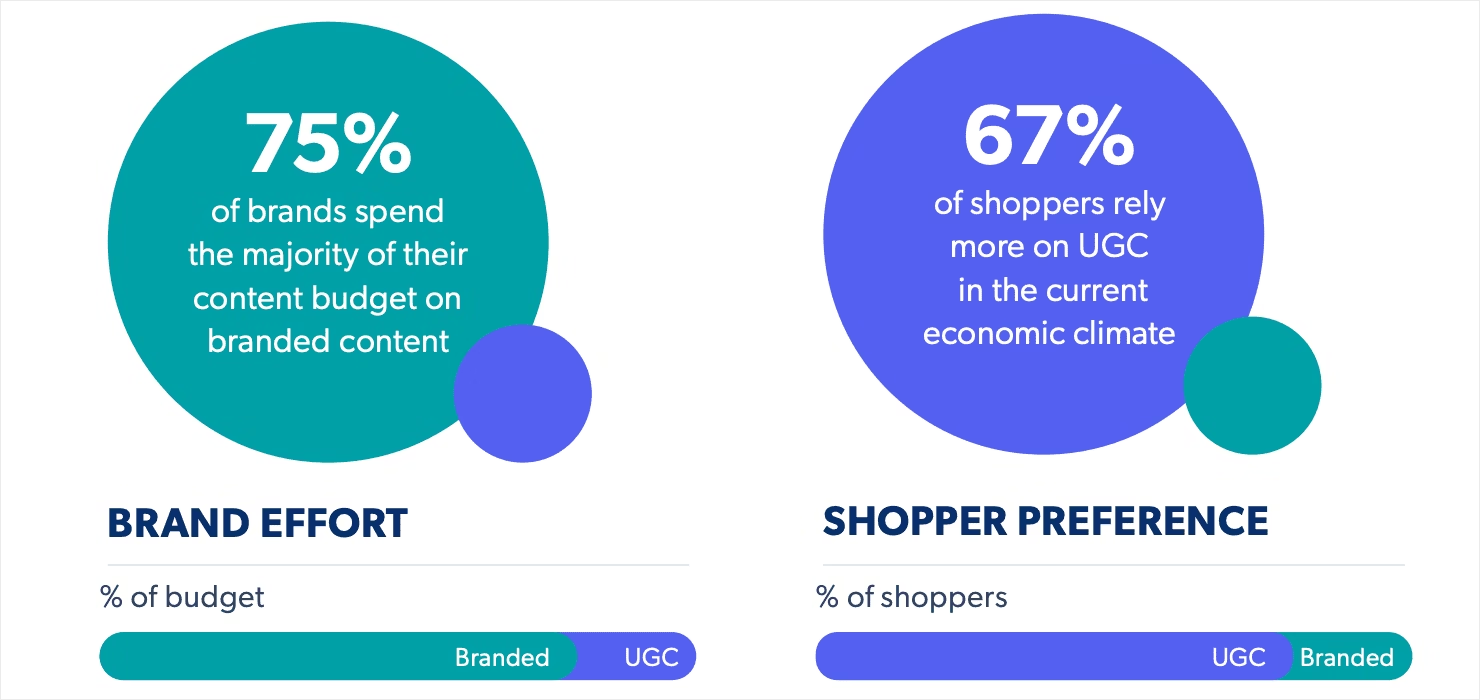
Source: https://optinmonster.com/
Scarcity tactics, such as limited-edition releases or time-sensitive drops, create urgency, making customers more likely to purchase before they miss out.
4.9 Eco-Friendly Credentials (18.4%)
Sustainability is gaining traction in India, especially among urban and premium consumers. Brands like Tata CLiQ Palette highlight eco-friendly packaging, ethical sourcing, and sustainable products to appeal to this audience.
However, for many Indian shoppers, affordability and convenience still take priority over sustainability. Brands need to balance green initiatives with value-driven messaging to make an impact.
4.10 Interest-Free Payments (17.4%)
Flexible payment options make high-ticket items more accessible. In India, platforms like Flipkart Pay Later and Amazon Pay EMI allow customers to buy now and pay later, increasing conversions, especially for electronics and appliances.
4.11 Other Purchase Drivers
Additional factors like cash-on-delivery, click-and-collect services, and guest checkout also shape modern shopping behavior. The easier a brand makes the buying process, the more likely customers will complete their purchases.
At the core, brands that remove friction, offer incentives, and build trust see better sales. Understanding these purchase drivers helps brands refine their strategies and win over more customers.
Read more – Crafting Winning O2O Strategies for Omnichannel Growth
5. Industry-Specific Purchase Drivers
Not all industries have the same purchase drivers. Since businesses cater to different audiences, the factors influencing a purchase vary based on consumer expectations, product type, and buying behavior. Here’s how purchase drivers differ across industries:
- E-commerce & Retail – Convenience is key. Free delivery, discounts, and easy returns drive sales. Amazon and Flipkart remove buying friction to boost conversions. Now, speed of delivery is becoming a major game-changer. Amazon set the benchmark with one-day delivery, but platforms like Zepto and Blinkit are taking it further with 10-15 minute deliveries—a shift that’s redefining consumer expectations when all other factors (pricing, quality) are comparable.
- Luxury & Fashion – Brand image and exclusivity outweigh price. Premium quality and status appeal matter most, as seen with brands like Louis Vuitton and Rolex.
- Technology & Electronics – Innovation, features, and brand trust influence purchases. Apple and Samsung win with cutting-edge tech and seamless experiences.
- Food & Beverage – Taste, health, and convenience shape choices. McDonald’s focuses on affordability, while organic brands emphasize quality and sustainability.
- Automobiles – Safety, fuel efficiency, and brand reputation impact decisions. Budget buyers seek affordability, while luxury buyers value performance and prestige.
- Subscription Services – Value and ease of cancellation drive retention. Netflix attracts users with exclusive content, while SaaS brands focus on scalability.
6. How to Identify Purchase Drivers for Your Business?
Understanding what motivates your customers to buy is key to optimizing your marketing and sales strategy.

Here’s how to identify the purchase drivers specific to your business:
- Analyze Customer Data – Analyze purchase history, website behavior, and CRM data to identify trends. Determine whether discounts, free shipping, or other factors drive more sales.
- Gather Customer Feedback – Surveys, reviews, and support interactions reveal what influences buying decisions and areas for improvement.
- Study Competitors – Analyze their pricing, marketing, and loyalty programs. If a competitor excels with influencer marketing, it may be a key driver in your niche.
- Monitor Social Media Trends – Track customer discussions on platforms like Reddit or Twitter to see if they prioritize pricing, convenience, or sustainability.
- Run A/B Tests – Experiment with different offers, messaging, and features to see what drives conversions—e.g., free shipping vs. discounts.
- Segment Your Audience – Different groups value different factors. Younger buyers may prioritize social proof, while older customers focus on ease of use.
7. Conclusion
For brands aiming to increase online sales and customer retention, understanding purchase drivers is non-negotiable. Consumers don’t just buy products; they buy convenience, trust, and value.
Identifying and leveraging the right purchase drivers allows brands to align their marketing strategies with consumer needs, ultimately improving their bottom line.
If you’d like to discuss how we can help enhance your online purchase strategies, we’d be happy to set up a consultation call. Feel free to reach out to us at alibha@daiom.in
For more informative content and blog, follow and stay tuned to DAiOM.
Subscribe to our NEWSLETTER!


